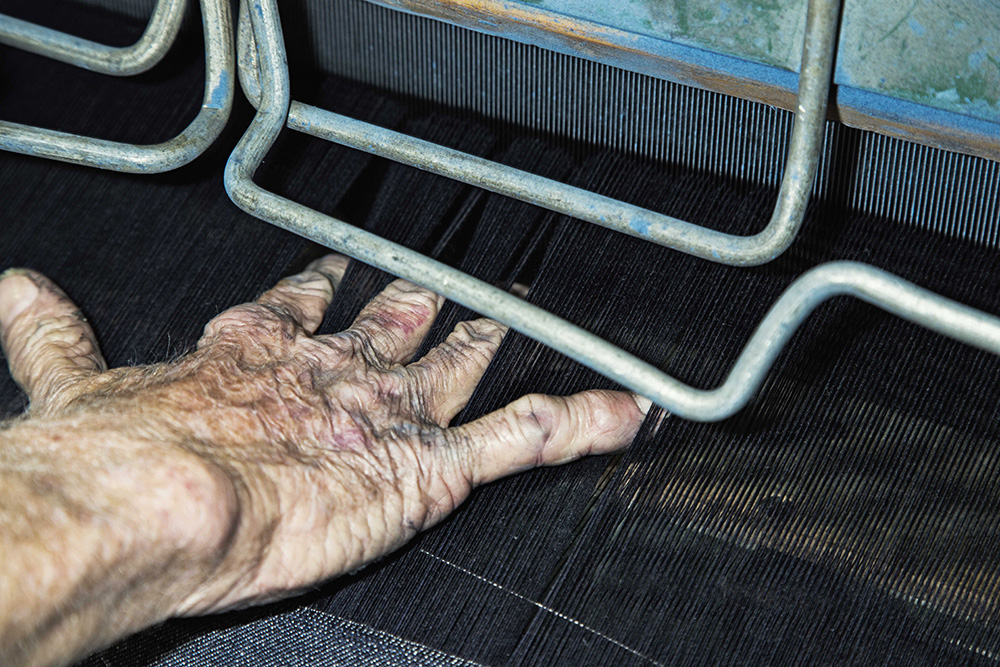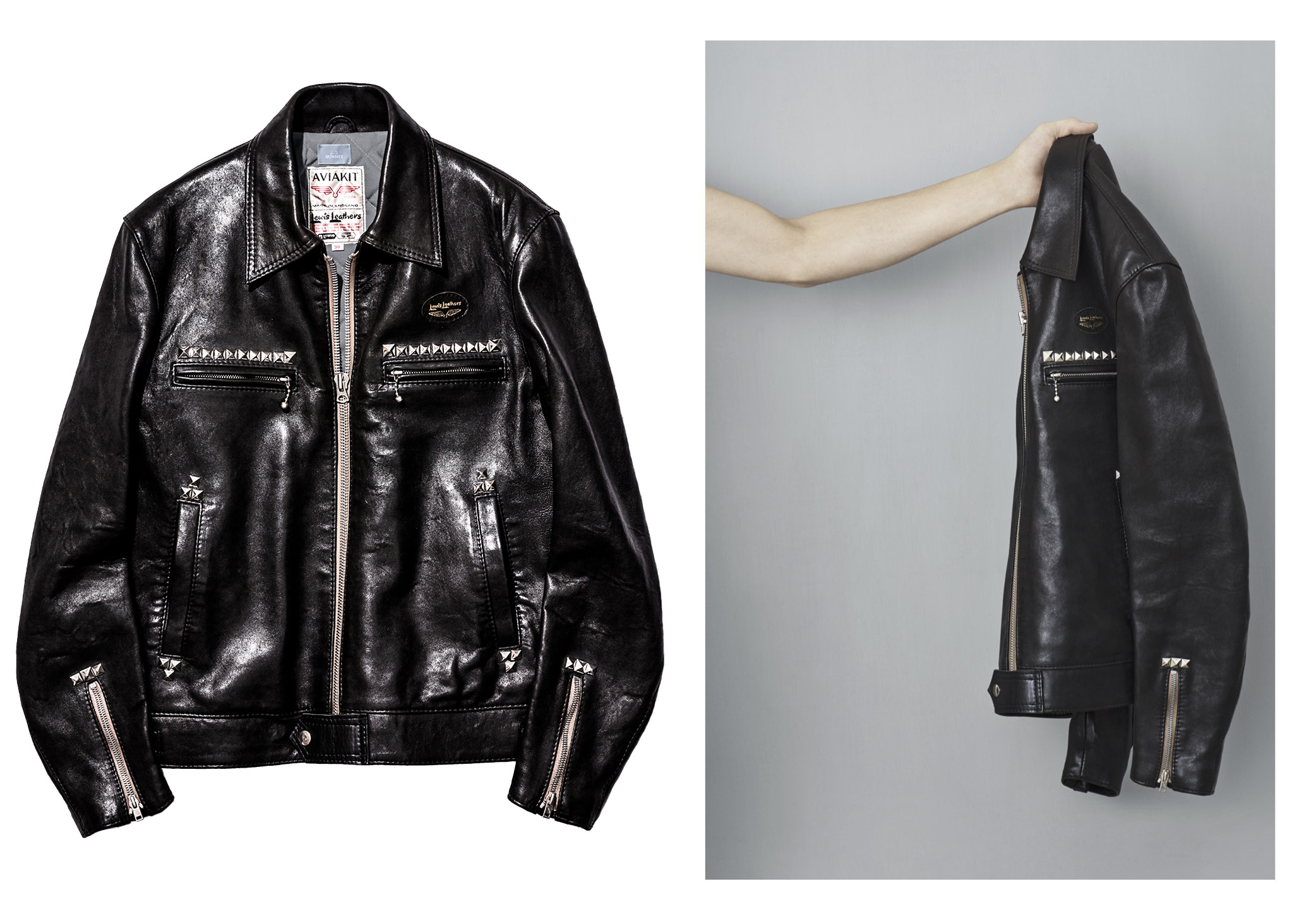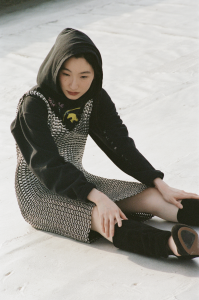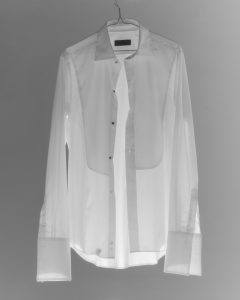PORT meets Levi’s Vintage Clothing head designer, Paul O’Neil to learn about the Cone Mills workers that have supplied denim to Levi’s for the last 100 years
As is so often the case with machinery, it’s the smaller cogs of the wheel that are vital to its smooth running and overall operation. This could not be a more apt description when considering the workers of Cone Mills textile manufacturer who have been producing denim for Levi Strauss & Co. for the last 100 years.
While Levi’s needs no introduction, you are unlikely to have heard of Cone Mills. Headquartered in Greensboro, North Carolina, USA, its White Oak plant is a place that inspires loyalty among the area’s inhabitants, given that some of the workers have spent their entire adult lives there, such as Elbert Frank Williams who is now in his 61st year of employment.
PORT caught up with Levi’s Vintage Clothing head designer, Paul O’Neil, to find out how important the workers of Cone Mills are to the brand and Levi’s’ rich denim history.
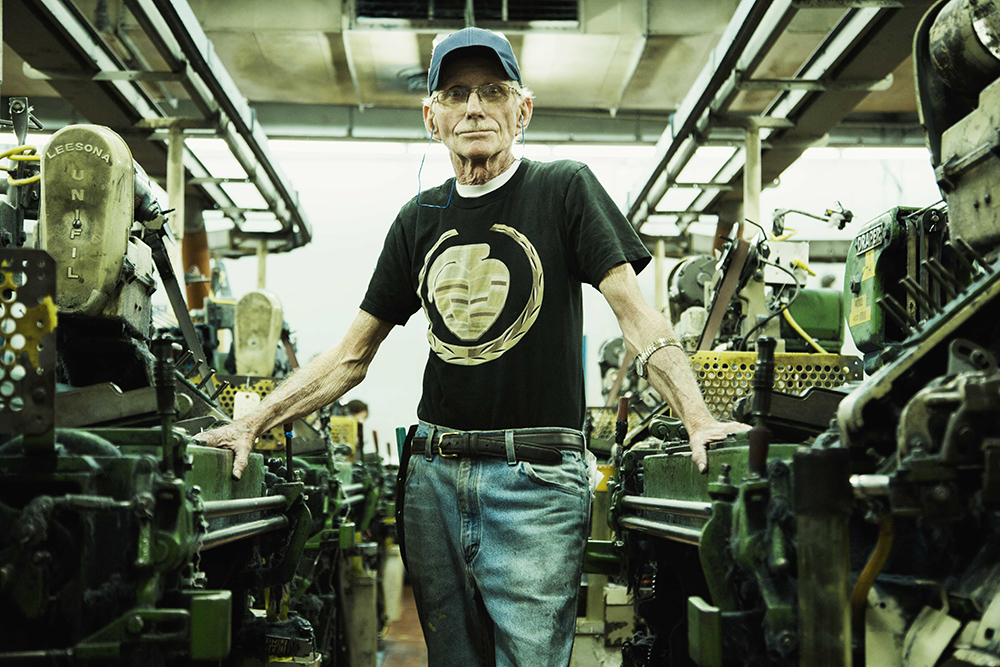
How would you describe the work culture at Cone Mills’ White Oak factory and how does it manage to retain staff for decades upon decades?
Levi’s invented blue jeans and we have maintained our position as the global jeanswear leader throughout our history. As you can imagine, there is a huge amount of pride that comes with making a pair of Levi’s jeans, and especially our Levi’s Vintage Clothing (LVC) line, which contains historically accurate reproductions of Levi’s products. On top of this, Levi Strauss & Co. weaves sustainability – both environmental and social – into everything we do, from implementing the industry’s first Terms of Engagement for our suppliers in 1991, to introducing a new programme that looks beyond the factory walls to improve the lives of the workers who make our products.
When was the last time you visited the Cone Denim Mills archives?
I visited the archives a couple of weeks ago to take some construction information from a garment we are reproducing. We are very privileged to have so much history as a company and the fact that we collect and preserve it is amazing. I love spending time in the archives, especially with some of the older pieces.
Through this new approach to supply chain engagement, Levi Strauss & Co. is partnering with our suppliers and local organisations to implement worker programs focussed on financial empowerment, health and family well-being, and equality and acceptance.
In the last 100 years how important has Cone Mills been to Levi’s, the 501 jean and denim as a whole?
The relationship between Levi’s and Cone is very important. You cant make a pair of jeans without the cloth and Cone make the best cloth – it would be like having bread without butter. The shrink-to-fit denim that Cone makes exclusively for Levi’s is the cornerstone of the 501 and helps make it a unique product.
Our partnership over the last 100 years has gone from strength to strength… going to visit the White Oak plant in North Carolina is a very humbling experience, as you can see all the hard work and traditional methods still used to create the beautiful fabrics we use today in LVC.
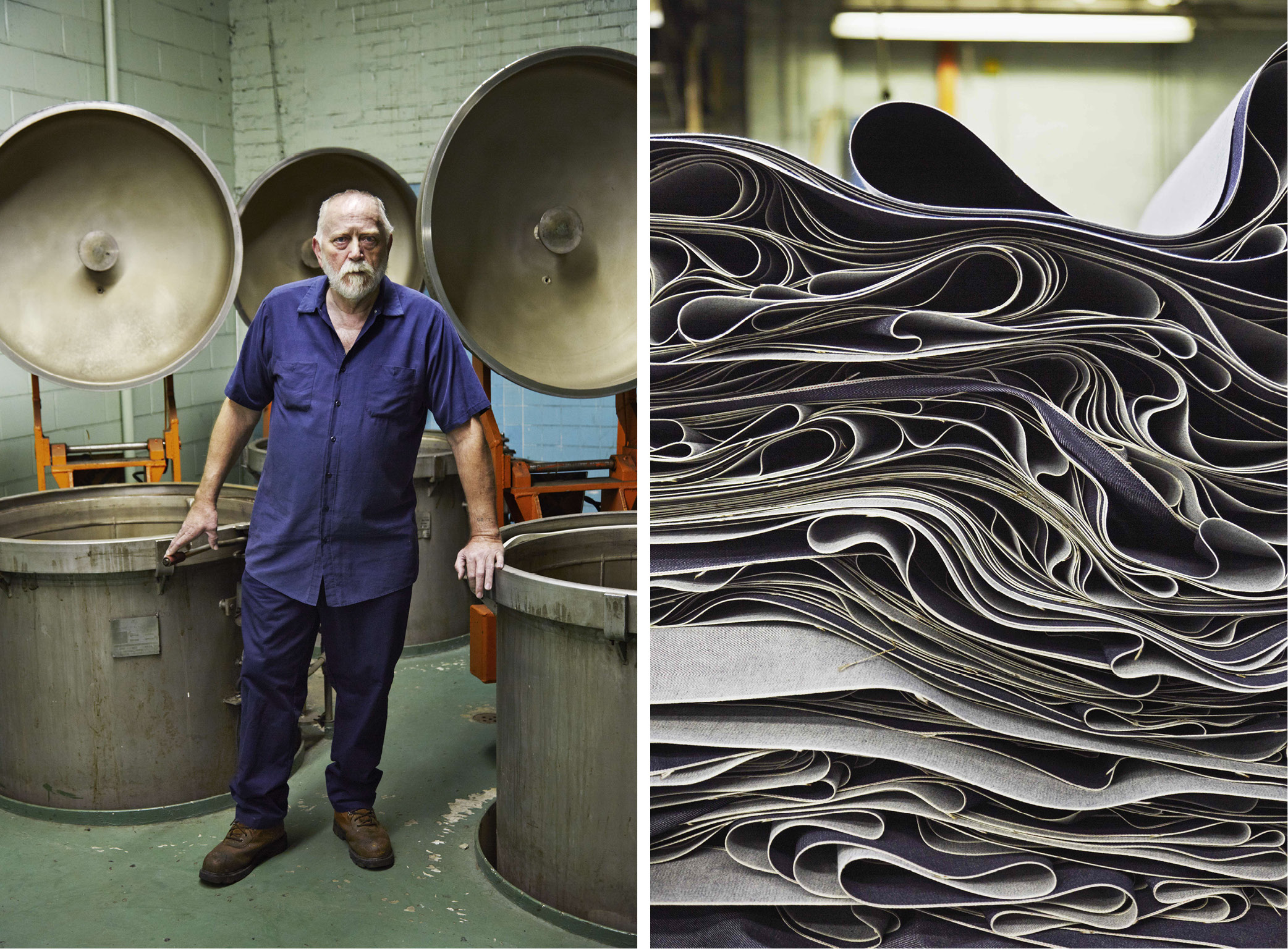
How intrinsic is Levi’s workforce in upholding the values of Levis Vintage Clothing?
From design and product development to sales and marketing, our LVC team lives and breathes the longstanding heritage and values of the LVC line and what it represents. We also have longstanding relationships with suppliers all around the world who uphold not only our high standards for quality craftsmanship, but also our strict workplace code of conduct. For us, the how is as important as what we make.
What is it about LVC that you admire so much?
I love the authenticity and the storytelling side of LVC. I’m a huge fan of American popular culture, so for me this is my dream job to choose events and periods from American history, build collections around them and recreate the look and feel of the times through our lookbooks.
What is the most significant change in LVC in the last 20 years?
The biggest change over the last 19 years has been LVC becoming a full collection – it started in 1996 reproducing a few pieces from archive and gradually started to grow. Now we have a full collection with over 100 products in the line. As time goes by, the factories we work with grow with us and understand our fabrics very well, which shows in our denim washes.
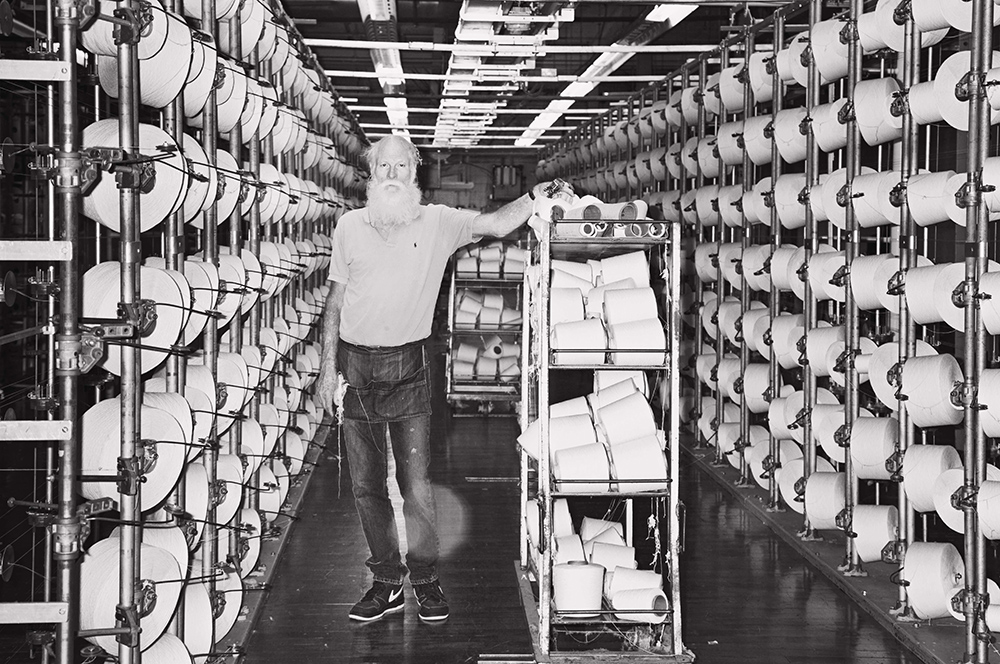
Will the workers at Cone Mills continue to have a key role in Levi’s production in the future?
Absolutely. By 2020, our goal is for 80% of LS&Co. products to be made at factories that are implementing worker well-being programmes, reaching more than 140,000 apparel workers.
Why do you think consumers continue to demand vintage denim clothing?
We love vintage denim as it has a life of its own and it ages with us. It gets more beautiful with age and each pair of jeans tells a different story. There is definitely something about vintage denim that appeals to our romantic side.
